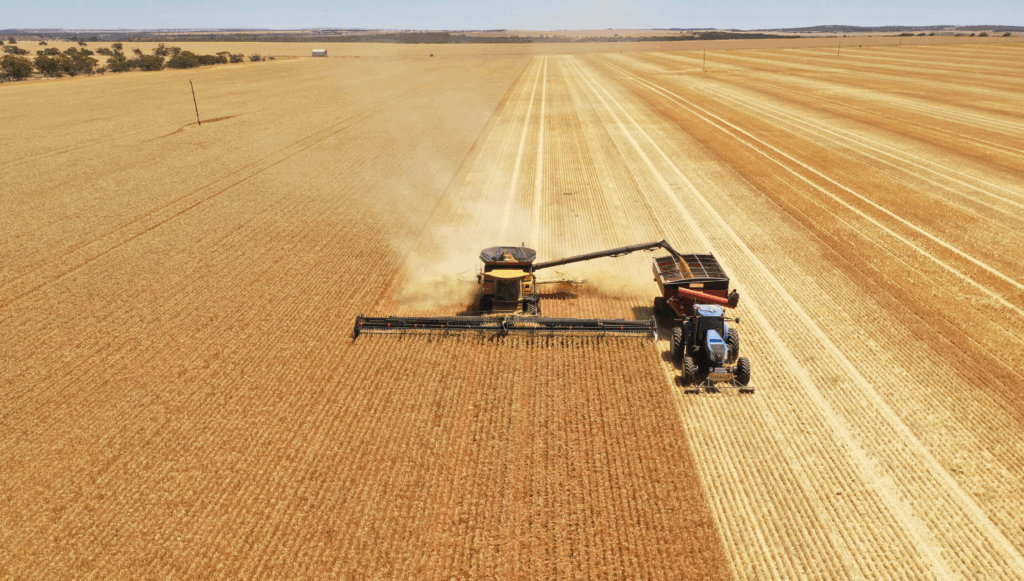Harvest is one of the most demanding times of the year, and the HR workload of hiring, onboarding and managing staff often adds to the pressure. Getting your HR foundations right before the season starts will help you avoid last-minute stress, reduce compliance risks, and keep operations running smoothly. This checklist highlights the key HR tasks to focus on so you can head into harvest prepared and confident.
1. Workforce Planning & Recruitment
- Confirm headcount early: Calculate the number of workers you’ll need based on crop size, expected harvest window, and shift coverage.
- Right to work: Collect copies of passports, visas, and IDs before the workers start. Confirm visa evidence for workers on temporary or restricted visas.
- Contracts: Issue written employment contracts that are compliant with the Fair Work Act and relevant Award (Horticulture, Pastoral, Road Transport and Distribution etc.). Contracts should cover classification, pay rates, work hours, duties, and notice.
- Contractors: If engaging contractors, ensure they are licensed and have a clear written agreement in place that reflects the genuine contractor relationship.
2. Pay & Conditions
- Award interpretation: Ensure you’re applying the correct Award and classification. Misclassification is a common compliance risk during harvest.
- Current rates: Update payroll to reflect the latest minimum wage and Award increases. Remember that penalty rates, overtime, and public holiday rates must be applied correctly.
- Timesheets: Implement a reliable system to record start/finish times and breaks. Manual records are acceptable but must be accurate and signed.
- Entitlements: Check that casuals are receiving the correct casual loading, superannuation, and break entitlements under the Award.
3. Inductions & Onboarding
- Job briefing: Provide a clear outline of what the role involves, expected hours, breaks, and reporting lines.
- Payroll & payslips: Explain how pay is calculated (hourly, piece rate, overtime) and when employees will be paid. Payslips must be issued within one working day of payment.
- Policies: Run through key workplace policies relevant to harvest.
- Supervisors: Train team leaders or supervisors on how to manage seasonal staff, handle workplace issues, and ensure compliance with working hours.
4. Record-Keeping & Compliance
- Employee files: Collect and store contracts, IDs, right-to-work checks, TFN declarations, and superannuation details.
- Payroll records: Keep detailed records of hours worked, breaks taken, wages paid, and deductions made. These must be retained for seven years.
- Piece rates: If paying by piecework, maintain signed agreements that meet Award requirements, and ensure rates allow a competent worker to earn at least the minimum hourly rate.
5. Managing during Harvest
- Rosters: Monitor hours to avoid excessive overtime and to ensure breaks are being taken. Keep records updated daily.
- Communication: Make sure workers know where to raise issues about pay, rosters, or workplace concerns.
- Conflict resolution: Anticipate that fatigue and pressure can lead to disputes. Have a clear, fair process in place for addressing complaints.
- Retention for next season: Treat workers fairly and pay correctly. Good seasonal workers often return year after year if the experience is positive.
Harvest moves fast, but HR compliance can’t be an afterthought. By setting up contracts, pay systems, records, and communication channels now, you’ll avoid costly mistakes and keep your workforce running smoothly when the pressure is on.
ProcessWorxAg has extensive experience working with farms to ensure they meet their HR and Safety obligations. Farmers can have peace of mind that a team of experts is helping their business, so you can focus on farming. If you have queries about anything above and want advice personalised to your business, contact us on (08) 9316 9896, or email enquiries@processworx.com.au
Follow ProcessWorx on LinkedIn, Facebook and Instagram, and visit our website to keep up with the latest HR and Safety news.




